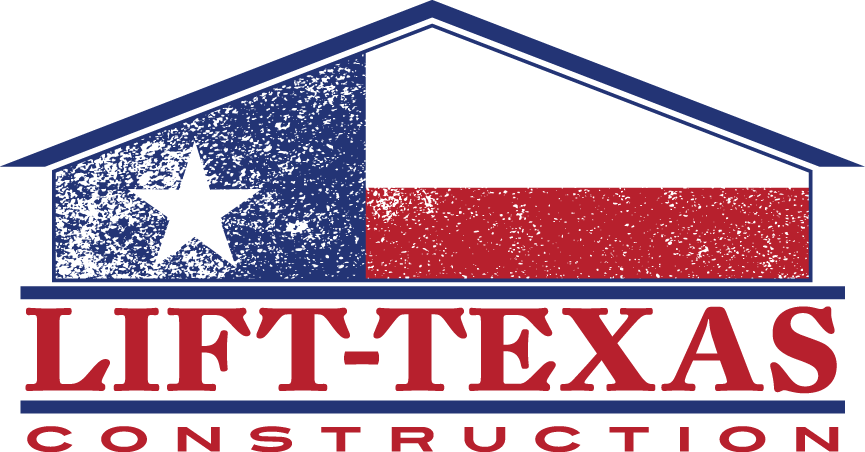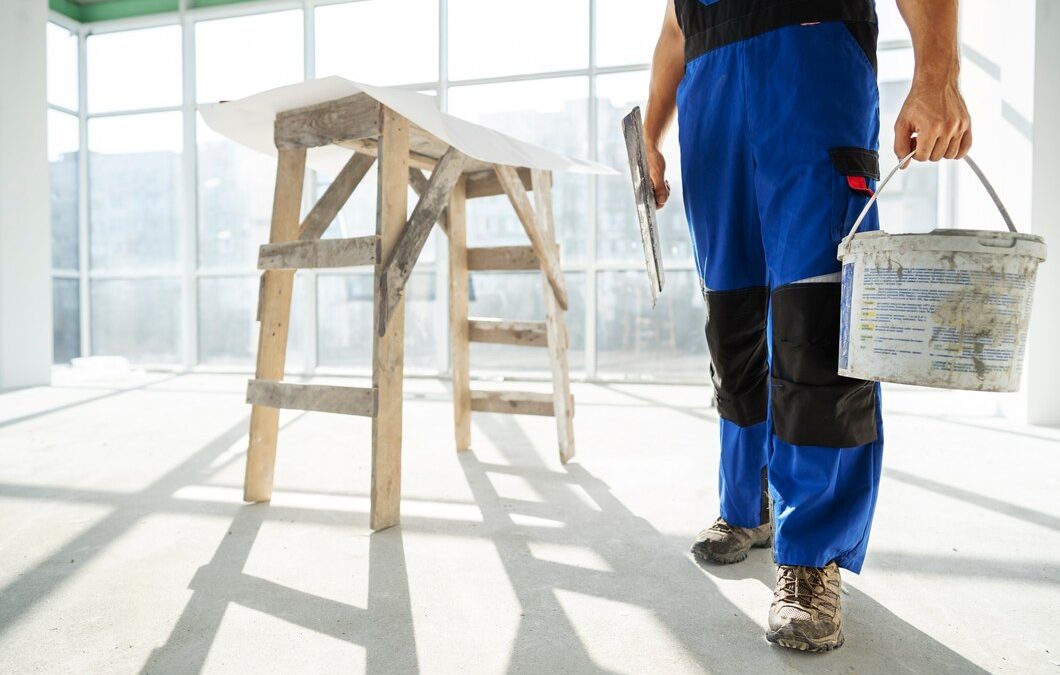Your home’s foundation is its backbone, supporting your entire structure. When the foundation has problems, it can lead to significant and costly damage. That’s why it’s crucial to know the signs that indicate your foundation may need repair. Spotting these signs early can save you time, money, and stress in the long run.
Some foundation issues are easy to see, like cracks in your walls or uneven floors. These visible signs often suggest that there could be more severe problems lurking beneath the surface. It’s essential to take action as soon as you notice these indicators to prevent further damage.
However, not all foundation issues are obvious. There are also subtle symptoms that homeowners might overlook, such as minor gaps around windows and doors or slight shifts in your home’s structure. Paying attention to these less visible signs can help you catch problems before they escalate. Knowing what to look for enables you to take the right steps to protect your home.
In this article, we’ll explore both visible and subtle signs of foundation issues, common causes of these problems, and the steps you should take if you suspect something is wrong. Understanding these aspects will help you maintain a safe and stable home for you and your family.
Visible Signs of Foundation Issues
There are several visible signs that can indicate your foundation is in trouble. Cracks in the walls, floors, or ceilings are among the most common indicators. These cracks often start small but can grow over time if not addressed. Vertical cracks usually indicate settling, while horizontal cracks can suggest more serious structural problems caused by external pressure on the foundation.
Another visible sign is uneven or sloping floors. If you notice that objects on the floor tend to roll or if you feel a tilt when walking, these could be signs that your foundation is shifting. This movement can cause significant issues with the overall stability of your home.
Doors and windows that stick or don’t close properly are also warning signs. When the foundation shifts, it can distort the frames of doors and windows, making them difficult to open and close. Keep an eye on these areas, as they are easy to check and can provide early clues to foundation issues.
Subtle Symptoms That Shouldn’t Be Ignored
While some signs are obvious, others are more subtle but equally important. Gaps around windows and doors may seem minor, but they can indicate a shifting foundation. These gaps can lead to drafts and energy inefficiency, making your home less comfortable and more costly to heat or cool.
Nail pops and bulging floors are additional subtle symptoms. Nail pops occur when nails push out of the drywall due to foundation movement. Bulging floors, on the other hand, can signal that the foundation is lifting or tilting. Both of these symptoms should prompt further inspection.
Lastly, you might notice slight separations in the corners of your home where walls meet. These separations can be easy to overlook but are often early signs of larger structural issues. Regularly inspect these areas to catch problems before they worsen.
By paying attention to these visible and subtle signs, you can address foundation issues early and prevent further damage to your home.
Common Causes of Foundation Damage
Understanding what causes foundation damage can help you prevent it in the first place. One of the most common causes is water damage. Poor drainage, leaking pipes, and heavy rain can all cause the soil around your foundation to expand and contract. This movement puts pressure on the foundation, leading to cracks and shifts.
Another major cause of foundation damage is soil conditions. Different types of soil have varying levels of stability. For example, clay soil expands when wet and contracts when dry, causing the foundation to move. Sandy soil, on the other hand, doesn’t offer much support and can lead to settling issues. Knowing the type of soil your home sits on can help you take preventive measures.
Finally, poor construction practices can also lead to foundation problems. If your home’s foundation wasn’t built with the proper materials or techniques, it could be more prone to damage. Quality construction is crucial for a stable, long-lasting foundation. By being aware of these common causes, you can take steps to protect your home’s foundation from damage.
Next Steps: What to Do If You Suspect Foundation Problems
If you suspect your foundation is in trouble, the first step is to conduct a thorough inspection. Look for the visible and subtle signs mentioned earlier. Take note of any cracks, uneven floors, or gaps around doors and windows. Document these issues with photos and measurements to track any changes.
Once you’ve identified potential problems, it’s important to seek professional help. A foundation specialist can provide a detailed assessment and recommend the best course of action. They have the tools and expertise to identify underlying issues that may not be visible to the untrained eye.
While waiting for professional evaluation, take temporary measures to minimize damage. For instance, ensure proper drainage around your home by cleaning gutters and directing water away from the foundation. Avoid adding excessive weight near the foundation, such as large planters or heavy furniture, which can exacerbate existing issues.
Conclusion
Foundation issues can be daunting, but knowing the signs and causes can help you take early action. Regular inspections, proper maintenance, and understanding the conditions of your soil are crucial steps in protecting your home. If you notice any signs of foundation damage, don’t wait to seek professional advice.
Addressing foundation problems promptly not only preserves the structural integrity of your home but also saves you from more expensive repairs in the future. At Lift-Texas Construction, we’re here to help you maintain a safe and stable foundation. Contact our team of foundation specialists today for a thorough inspection and ensure your home remains secure for years to come.

